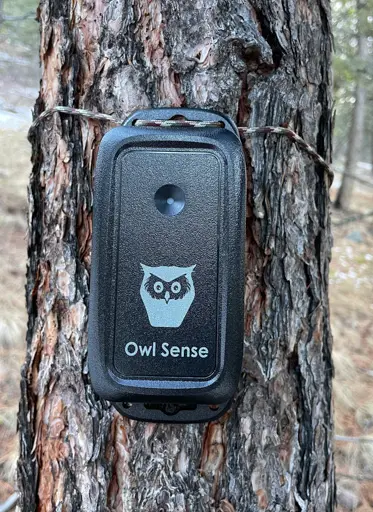
Bioacoustics Monitoring: An Essential Tool for Conservation
Introduction to Bioacoustics Monitoring
Bioacoustics monitoring involves the use of sound to study and understand animal behavior, communication, and environmental changes. This innovative technique captures audio recordings of wildlife, providing valuable insights into ecosystems and species interactions without the need for intrusive methods. Recordings can be captured by specialized hardware called Autonomous Recording Units(ARU) which can be configured to record with custom schedules.
Wildlife Conservation
- Bioacoustics monitoring plays a crucial role in wildlife conservation efforts. By tracking vocalizations and sounds, researchers can monitor the presence and population dynamics of species, especially those that are elusive or endangered. This data helps in assessing the health of ecosystems and informing conservation strategies.
Habitat Assessment
- The sounds of wildlife are indicators of habitat health. By analyzing the diversity and abundance of calls in an area, researchers can gauge the quality of the habitat. Changes in soundscapes can indicate disturbances such as habitat degradation, pollution, or climate change, allowing for timely conservation actions.
Behavioral Insights
- Understanding animal communication is key to behavioral ecology. Bioacoustics monitoring allows researchers to study mating calls, territorial disputes, and social interactions. This knowledge enhances our understanding of species' ecological roles and can inform management practices.
Non-Invasive Monitoring
- Unlike traditional monitoring methods, which may require direct contact or observation, bioacoustics monitoring is non-invasive. It minimizes stress on animals and allows for continuous data collection in a wide range of environments, including remote areas where human presence is limited.
Ecosystem Interactions
- Bioacoustics provides a holistic view of ecosystem interactions. By capturing sounds from various species, researchers can study predator-prey dynamics, competition, and other ecological relationships. This comprehensive understanding is essential for effective ecosystem management.
Educational and Community Engagement
- Bioacoustics monitoring can engage communities and promote awareness of biodiversity. By involving citizen scientists in recording and analyzing sounds, individuals can connect with their local environment and contribute to conservation efforts.
